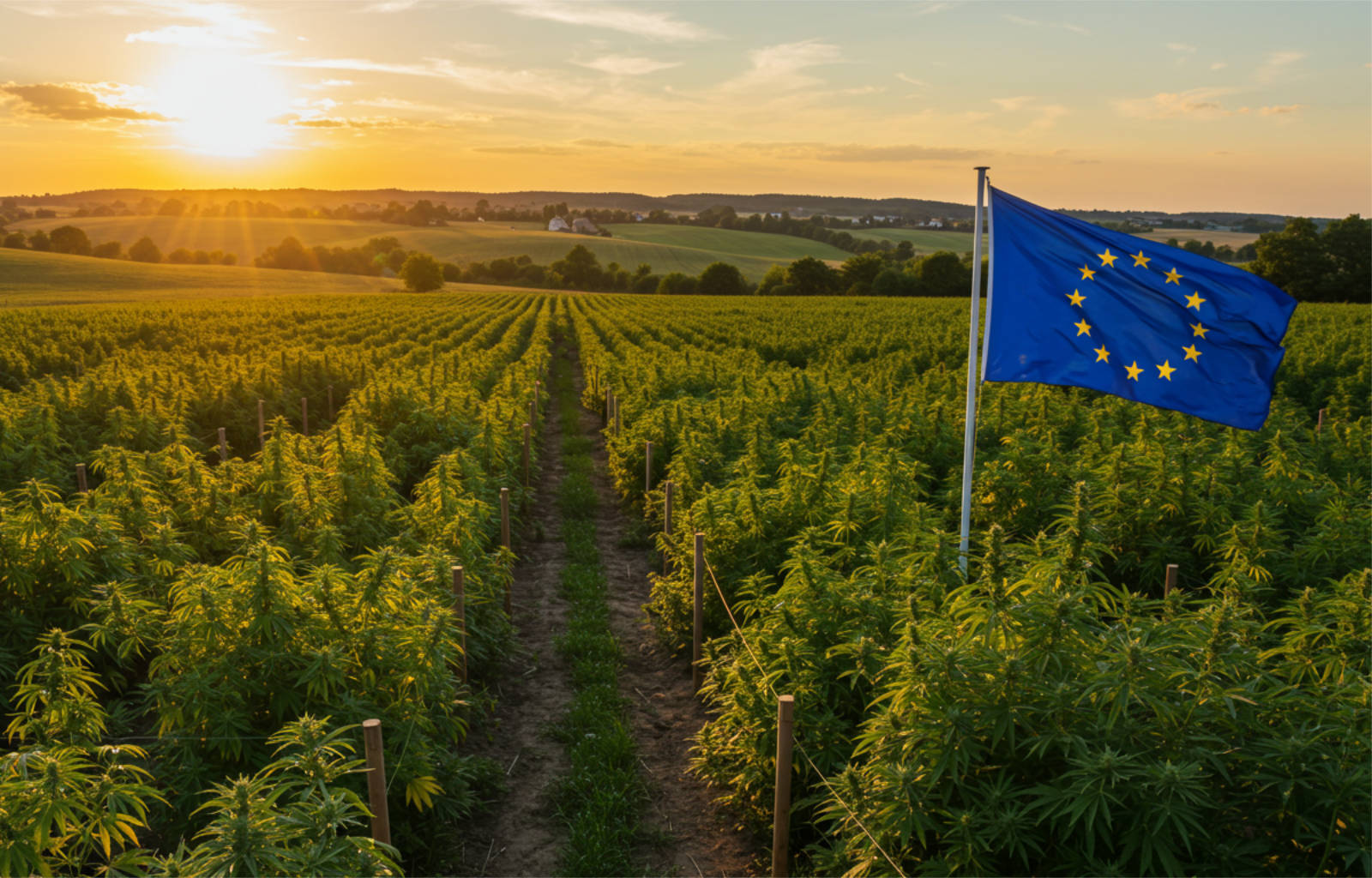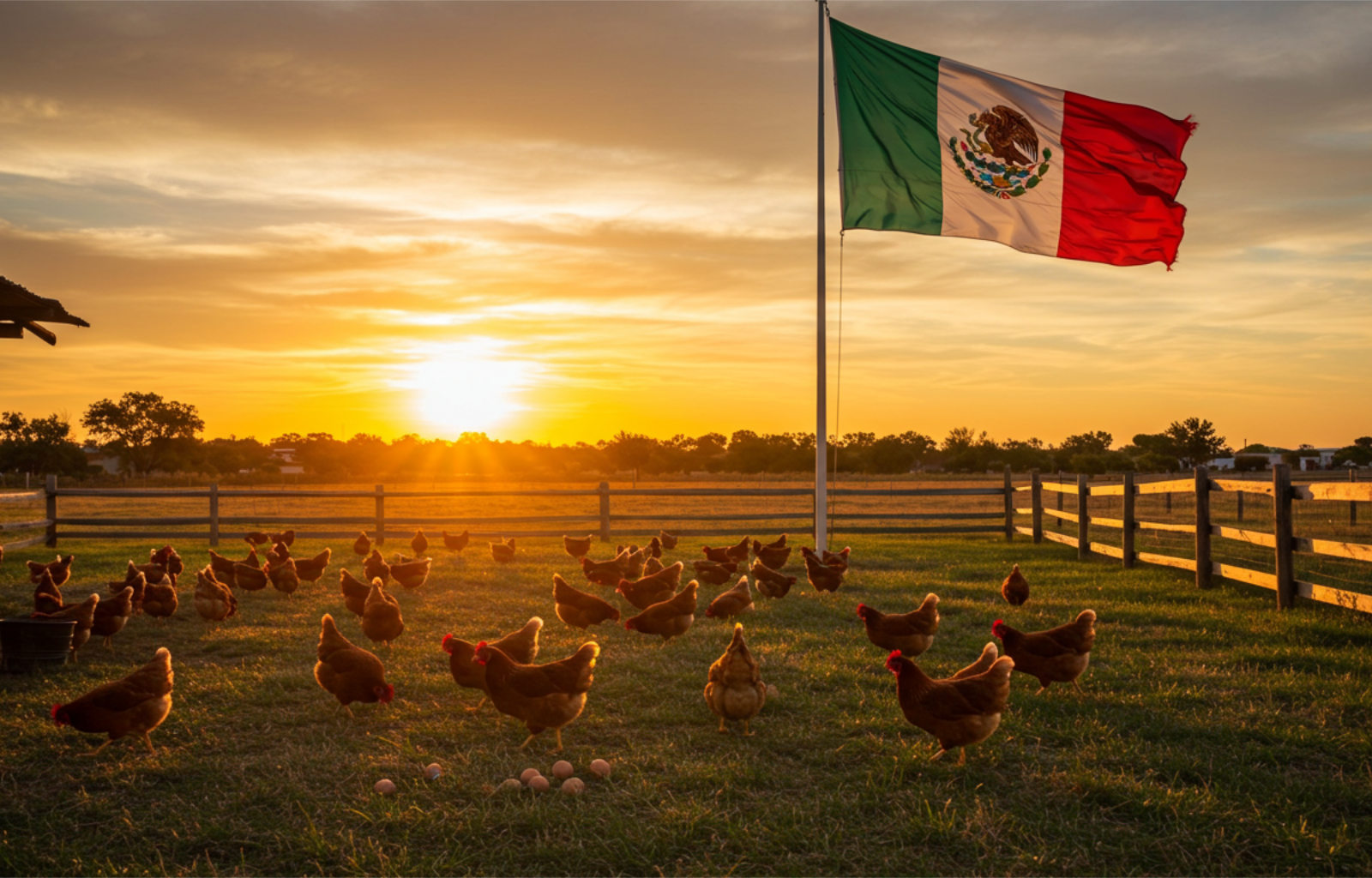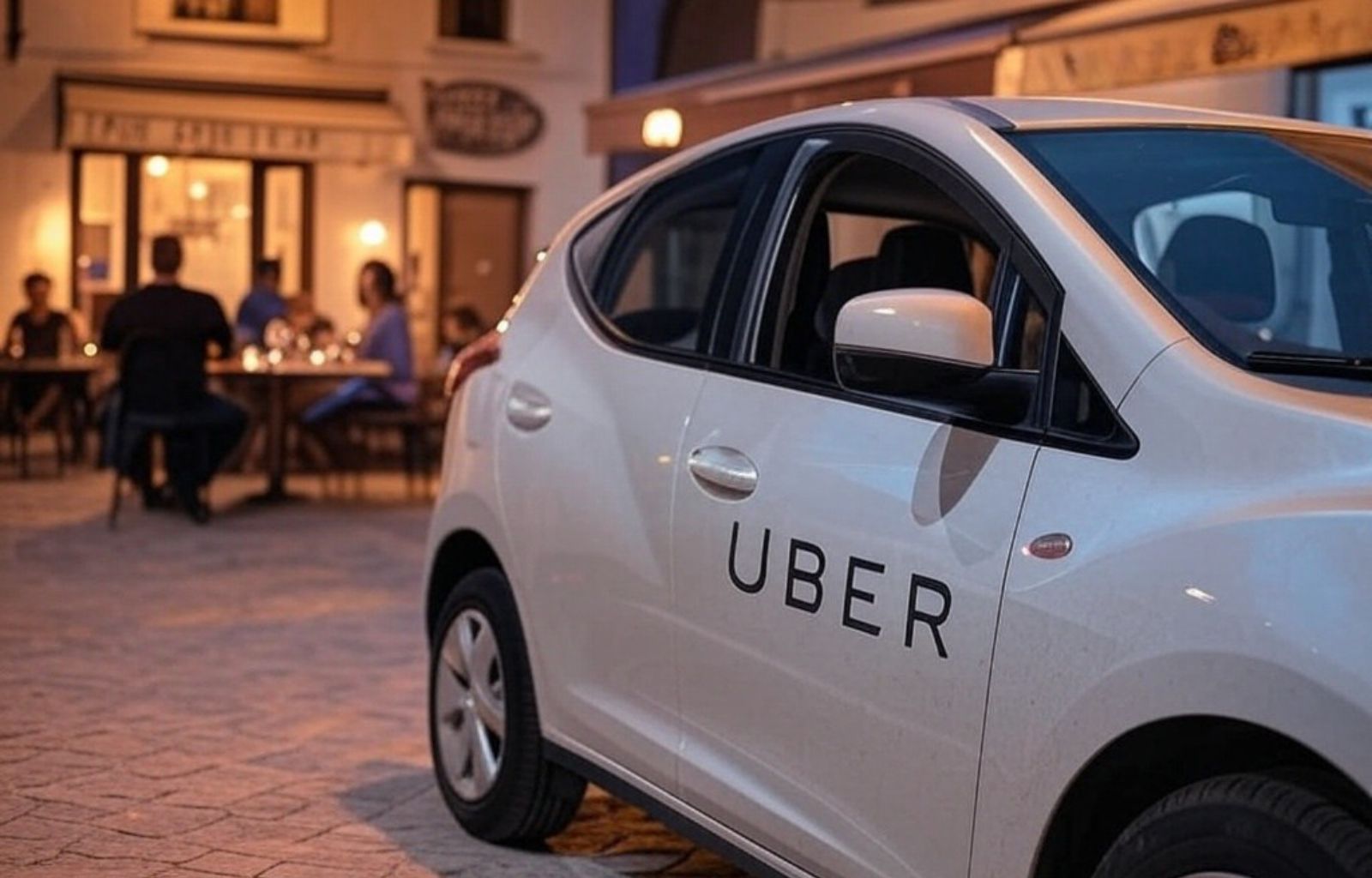Marijuana: there is no legalisation without liberalisation. Let the decline of the US model be a warning to Europe

According to a study conducted by Whitney Economics, 70 % of marijuana growers and sellers in the United States still operate illegally, although to date 24 states have legalised its recreational use (in addition to Washington D.C. and other unincorporated territories) and 39 states permit its medical use. In addition, there are states, such as North Carolina, where possession of the substance, although not legalised, has been largely decriminalised – reducing the number of states where the substance is still completely illegal to only four.
One might erroneously infer, therefore, that such a high crime rate, despite the fact that the process of legalisation has now covered a large part of the country, is attributable to the legislation in force in those states where cannabis remains even partially illegal, with more or less harsh penalties for dealing or even simple possession. On the contrary, surprising as it may seem, the main strongholds of illegal marijuana production are concentrated precisely in those states that have traditionally been the forerunners for legalisation, such as Colorado and California.
Why, then, has legalisation, which it was hoped would reduce the prison population and, above all, deal a blow to the drug trafficking cartels, not had the desired and promised effects of the anti-prohibitionist movement? Why do many of those consumers who have fought for decades for legalisation continue to turn to the black market? It would be easy, to the delight of prohibitionists of all colours, to argue that drug use is inextricably linked to crime, but drugs also respond to the same economic laws and market logic as any other consumer good.
‘If it moves, tax it; if it keeps moving, regulate it; if it stops moving, subsidise it’
President Reagan claimed that ‘the government’s views on the economy can be summed up in very simple phrases: if it moves, tax it; if it keeps moving, regulate it; if it stops moving, subsidise it’. With local governments in the States rushing to tax and regulate the legal cannabis business before it even got going, it is hardly surprising that organised crime still has it so easy.
In this regard, a detailed investigation by the Wall Street Journal investigates the deep crisis facing the industry in one of the world’s outposts of legalised marijuana and hemp cultivation: Pueblo County, Colorado. According to the aforementioned Whitney Economics research centre, today only 27% of companies in the sector generate profits – down dramatically from the already worrying 42% in 2022. In places like Pueblo, where the 2014 legalisation – the first of its kind in the US – was hailed as the boon that would turn the entire county into the land of plenty, low profits and high losses mean that hundreds of businesses opened in the last decade are going out of business, with abandonment of property, loss of jobs and erosion of the tax base. Today, there are barely 45 businesses left in Pueblo; just eight years ago, in 2017, there were more than 200.
Taxes, rules and more taxes
At first glance, in a country wheredaily cannabis use among 35-50 year olds is at an all-time high, it is at the very least bizarre that demand is not sufficient to sustain supply. On the contrary, one only has to look at the market-distorting mechanisms introduced by the legislature to realise that legal marijuana is not a market failure, but a state failure. In the city of Pueblo, specifically, a legal joint is subject to: 15 per cent VAT and 15 per cent excise tax imposed by the State of Colorado, additional 6 per cent VAT and 5 per cent excise tax imposed by the County, and, not to be outdone, an additional 10 per cent excise tax to replenish the City’s coffers – among the highest in the State. To the tax burdens must be added the costs of compliance with diabolical regulations and mortifying bureaucratic mechanisms.

‘If it stops moving, subsidise it’. Reagan’s maxim takes on almost prophetic connotations, in the light of the subsidies that some states have begun to provide to licensed manufacturers and retailers, who complain that their businesses are not competitive against illegal competition because they are forced to charge out-of-market prices, kept excessively high by fees and paperwork. Particularly grotesque is the case of California, which in 2021, just five years after legalisation, set up a $100 million fund specifically to support manufacturers in coping with the prohibitive costs of compliance with short-sighted state legislation, which has forced consumers to return to sourcing from drug dealers. In 2023, the Golden State allocated a further $20 million in funding, this time for retailers. Similar policies have also been introduced in Illinois, Massachusetts and Maryland. All of this, as Pete Sepp, President of the National Taxpayers Union, told the New York Post, in order not to remove the boulders that impede the natural growth of the industry, while placing a burden on taxpayers.
Often, the price to be paid is not merely a matter of public budgets, but is expressed in social plagues.[California’s HumboldtCounty](https://www.internazionale.it/magazine/2022/05/26/un-settore-promettente-che-va-in-fumo#:~:text=Le counties of Humboldt%2C Mendocino,when cannabis was illegal.), for example, is infamous for having become the national capital of illegal marijuana cultivation: a mountainous and tortuous territory, not unlike that of Colombia, where, similarly, the South American narcos cartels traffic drugs, but also and above all human beings, employed as slaves in plantations perched in secluded wooded areas where not even the police dare to enter. Hundreds never return from those territories, like the desaparecidos in the 1970s. A human drama, that experienced by the Humboldt community, which finds ample and faithful treatment in ‘Murder Mountain’, an excellent docuseries available on Netflix.
The failed model adopted by many local governments in the States should be a warning and a negative benchmark for European countries that have already legalised the substance or are preparing to do so. Nevertheless, **the state of the art in the Old Continent appears confused, backward and destined to fail** far more than on the other side of the Atlantic. The models adopted in the leading countries of apparent recreational legalisation – Luxembourg, Malta and Germany – mainly contemplate the decriminalisation of private consumption in insignificant quantities, the ‘window-sill’ cultivation of a small number of plants and, in the case of Luxembourg and Malta, the purchase of small weights from a few strictly regulated retailers and after registration in consumer registries. Germany fully embodies the paradox of the legalisation of recreational consumption but not of production and sale – except, again, in licensed social clubs, ‘which are highly regulated and cannot make a profit’ as they are even forced to set themselves up as non-profit entities, as Adrian Fischer, co-founder of the medical marijuana company Demecan, explains. In such an armoured environment, one wonders how the German state thinks organised crime can give way to legality.
Spain also resorts to the stratagem of social clubs to loosen the meshes of the prohibition, but these are still timid openings with the handbrake pulled, in a context where even the domestic use of a substance that is formally still illegal remains banned. In any case, consumption in public remains forbidden throughout Europe, even and especially in the Netherlands, where – it should be made clear – the consumption and sale of marijuana is in fact completely illegal but tolerated, in a paradoxical situation where the state turns a blind eye – if not both – to the trade of retailers who are forced to buy from producers operating on a market that is, to say the least, grey. Then there are decriminalisation-only models, such as in Portugal, where possession for personal use of marijuana up to 25 grams and hashish up to 5 grams is permitted.
There is no true legalisation without liberalisation
All of the approaches reviewed, from the most stringent to the most permissive, thus boil down to the lowest common denominator of legalisation ‘under certain conditions’; above all, the prohibition to varying degrees of industrial production and unrestricted retail sale of marijuana. A model, that of strongly conditional legalisation, which produces concrete effects not unlike or better than mere decriminalisation, while establishing a regime of ‘state marijuana’.
In the final analysis, there can be no true legalisation without liberalisation, understood as the recognition of full freedom of trade without legislative constraints and, it must be reiterated, without market-distorting mechanisms advocated by a dirigiste and paternalist mentality in the approach to narcotics, which still persists on a massive scale even among legislators with the most progressive inclination. In the absence of a genuinely free market, mere decriminalisation certainly has the merit of eradicating state persecution of smokers, but it even ends up favouring the mafias, providing them, in a sense, with a ‘penal shield’ behind which to shelter, without in the least affecting the monopoly that organised crime exercises over the production, importation and distribution of cannabis.











